Maren Klemp Transports Us to a Strange and Beautiful World
“As a kid, I was very interested in the idea of parallel dimensions,” Maren Klemp tells me. “I often went to the library and spent hours searching for books in the mystery/paranormal section. When I first saw an infrared image, it reminded me of that: I felt like I was given a glimpse into another dimension.” Her series, Hidden Light, is her first foray into this strange and magical realm, guided by an inquisitive girl in white.
Want to get your work featured? Here’s how to do it!
Photography has played an intriguing role in the history of the paranormal. In the mid-19th century, “spirit photography” used double exposure and stereoscopic images to create the appearance of ghostly apparitions. Later, in the 1900s, camera shakes during long exposures would sometimes be mistaken for spirits. Of course, Klemp is a fine artist and not a hunter of ghosts, but she nevertheless invites us to imagine a universe beyond our own through infrared photography–even if it’s only make-believe.
Following a year and a half of global lockdowns, Hidden Light offers a departure into the unknown–a secret place where nothing makes sense and everything shimmers and glows. We never see the young girl’s face, but we follow in her footsteps. Klemp’s parallel dimension might feel eerie to some, but she assures us that there’s nothing to fear in the fog.
In some ways, the project was an escape for the artist too. During the dark and gloomy winter months, it became a way of reconnecting with the curiosity and wonder that marked her childhood during those long days reading in the library. “I had a more playful approach than I usually have when I created this series,” the artist tells me. “I just had fun creating.”

The Essential Gear of Maren Klemp
Klemp tells us,
“This was the first time I experimented with infrared photography. I didn’t know that infrared photography existed until a year ago. Almost any camera can be converted into an infrared camera, and there are several companies that can do this for you. The secret is to replace the filter that blocks infrared light with a filter that blocks visible light. I was lucky enough to come across an already converted Canon camera on Norway’s version of Craigslist, and it works great. The post-production was done in Photoshop.”
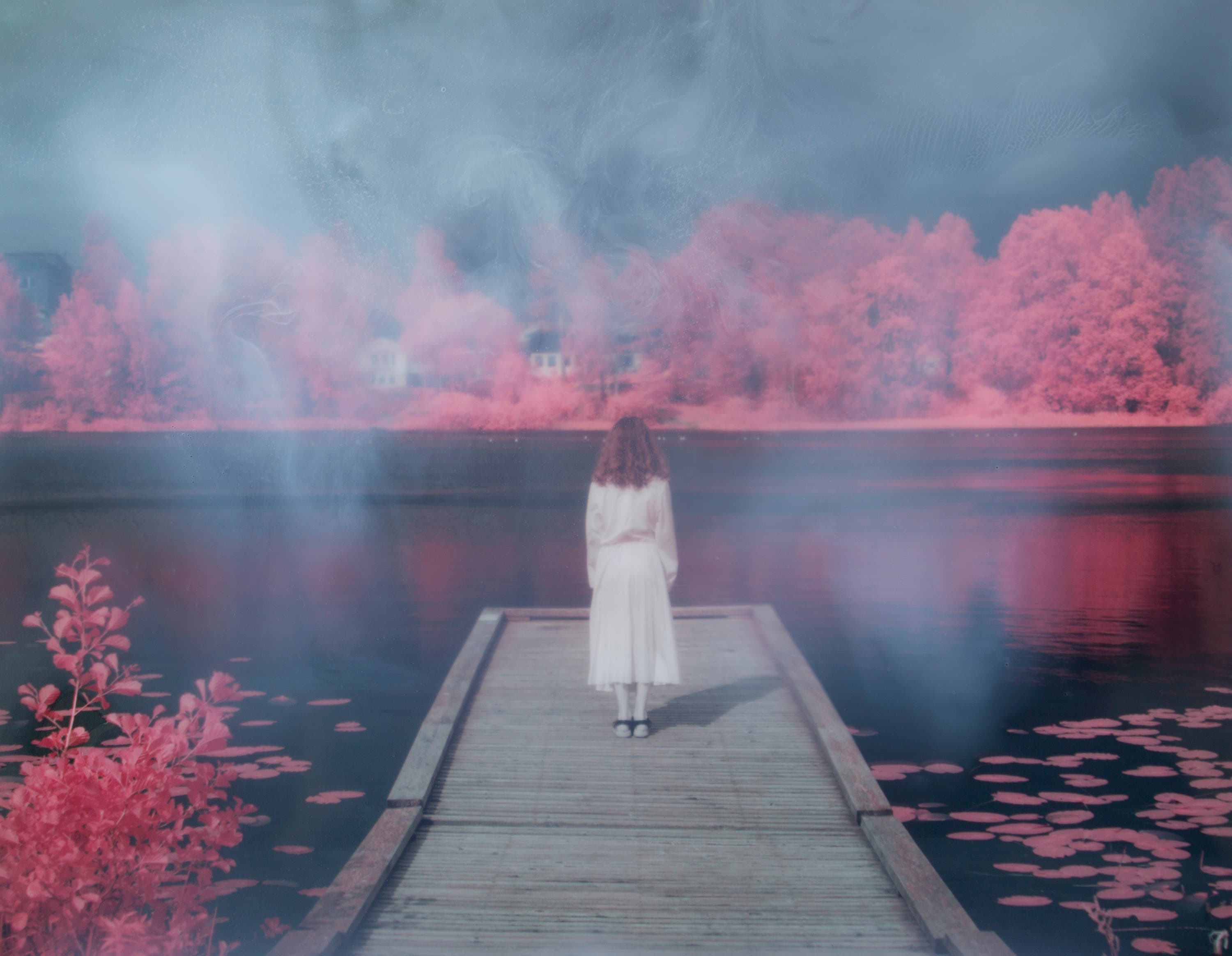
Phoblographer: You got your first camera from your dad when you were seventeen. What do you think drew you to photography?
Maren Klemp: As a teenager, I loved to write poetry and short stories, but I was also very interested in visual arts. Unfortunately, I have no talent for either drawing or painting, and I was certain that I would never be a visual artist. At the time, I had never considered photography to be an art form, and I wasn’t familiar with any fine art photographers.
That changed the day I came across a copy of Sally Mann’s Immediate Family. It blew my mind when I realized that you can make art with a camera. I begged my father to buy me one, and he did. I loved it so much that I dropped out of high school and attended a private art school, which I don’t recommend, but it gave me the tools to develop my own visual language and sparked my interest in photography even more.
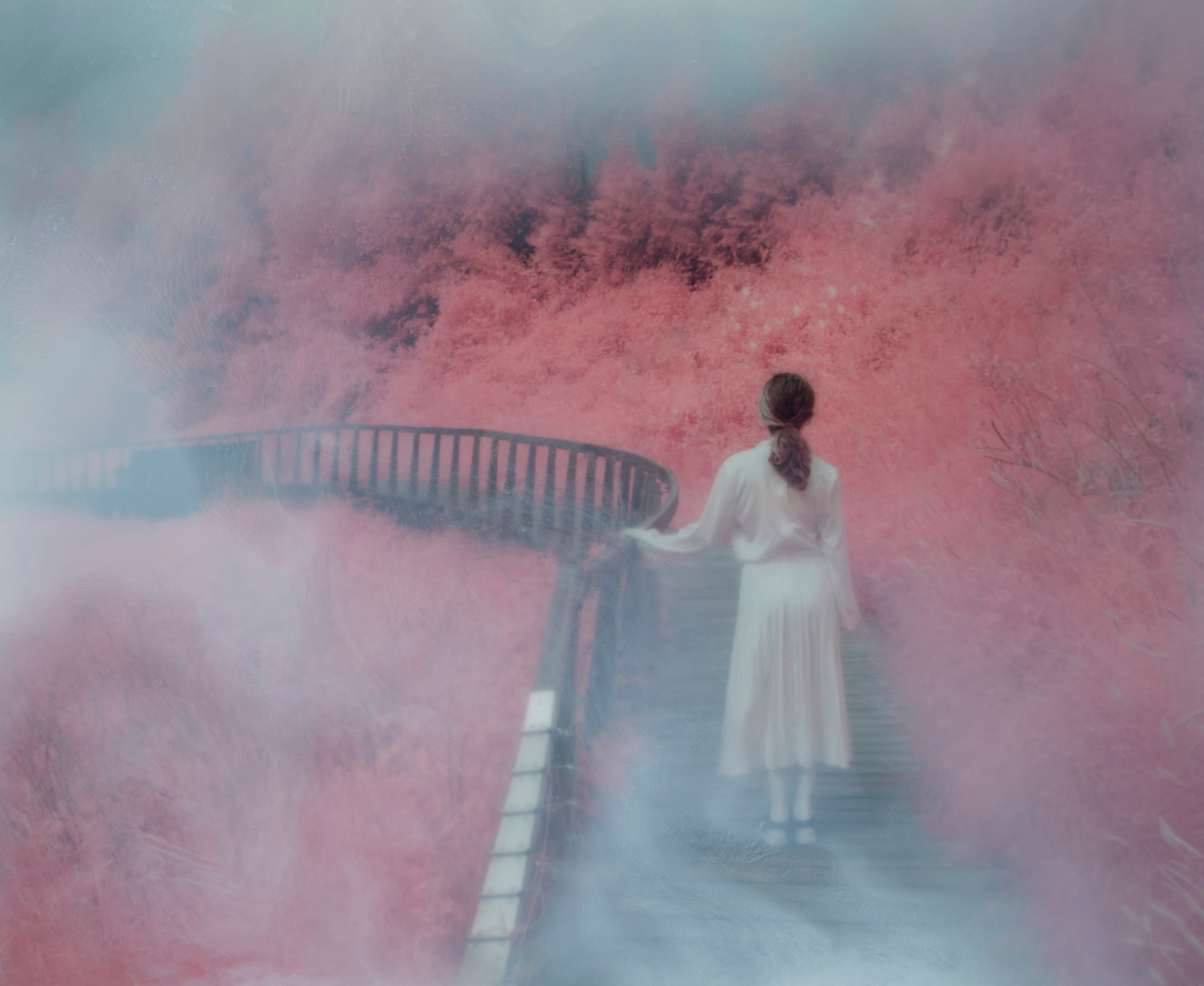
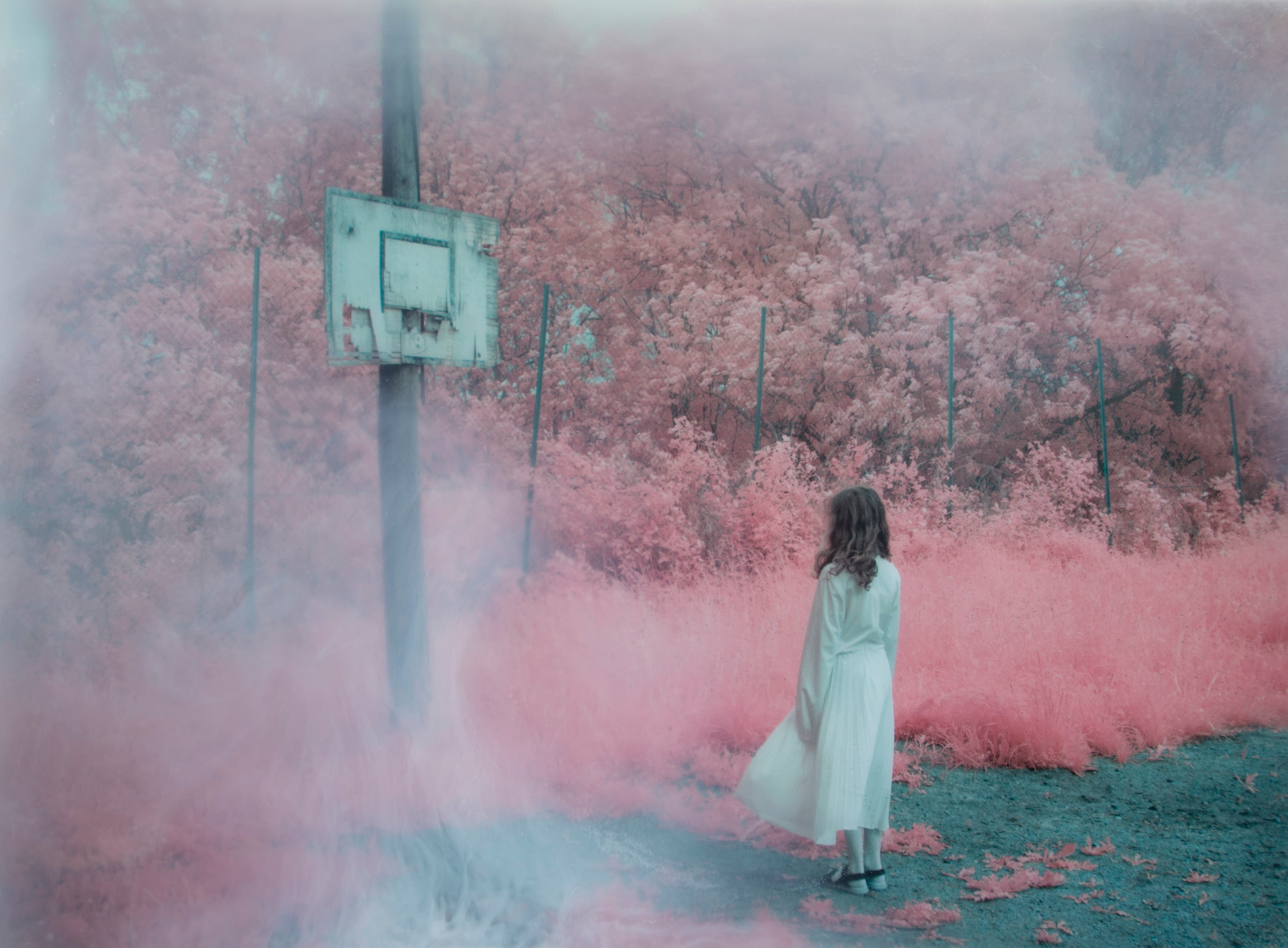
Phoblographer: You regularly incorporate yourself and your children into your pictures. Is this your daughter?
Maren Klemp: The girl in these photos is my daughter. She is the protagonist of the series, and we explore this hidden world through her eyes. In some ways, she embodies my own curiosity here, although I still consider her to be playing a fictional character. I love to work on projects with my children. We share ideas and thoughts about the project, and they are proud of the pictures.
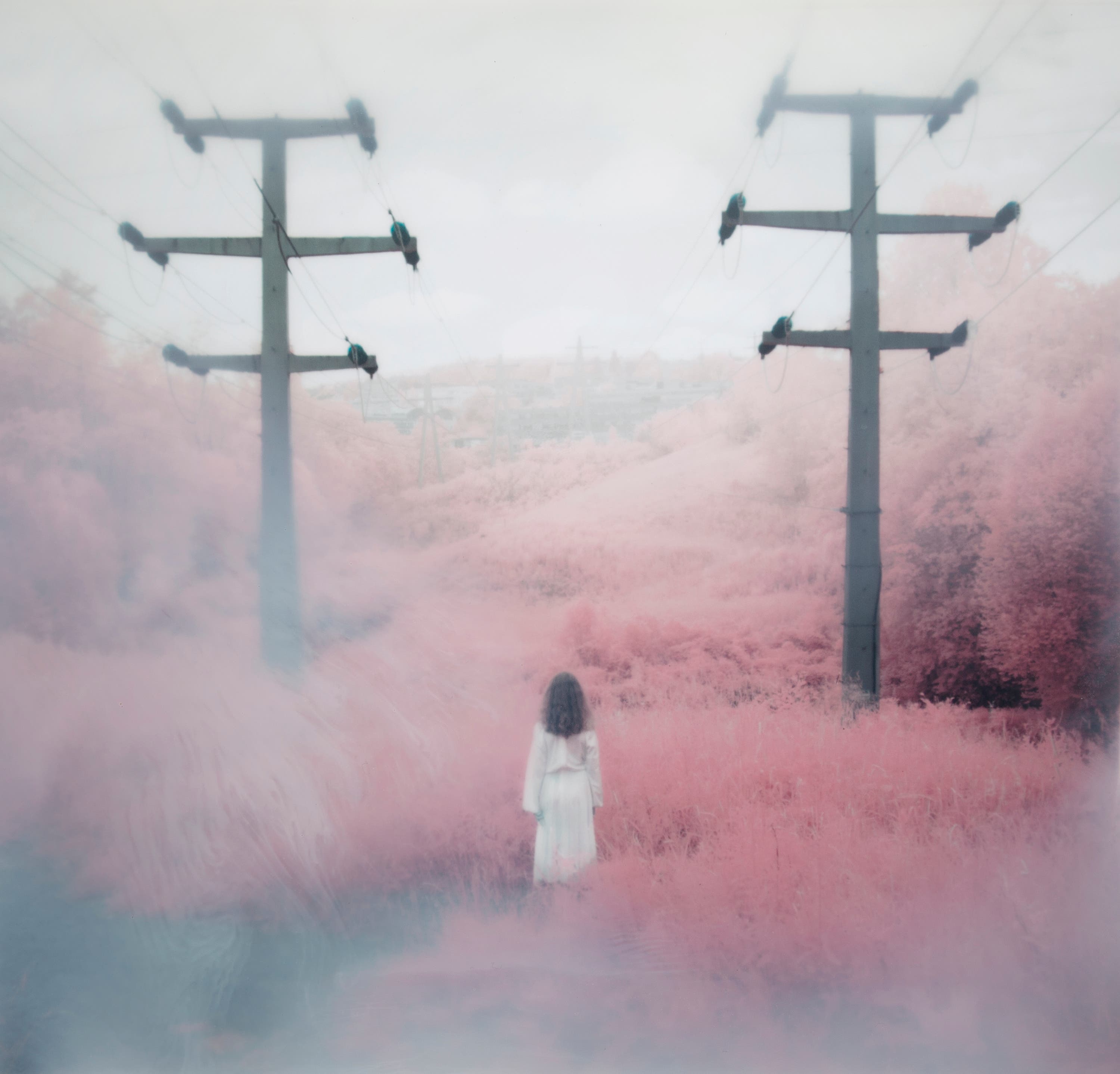
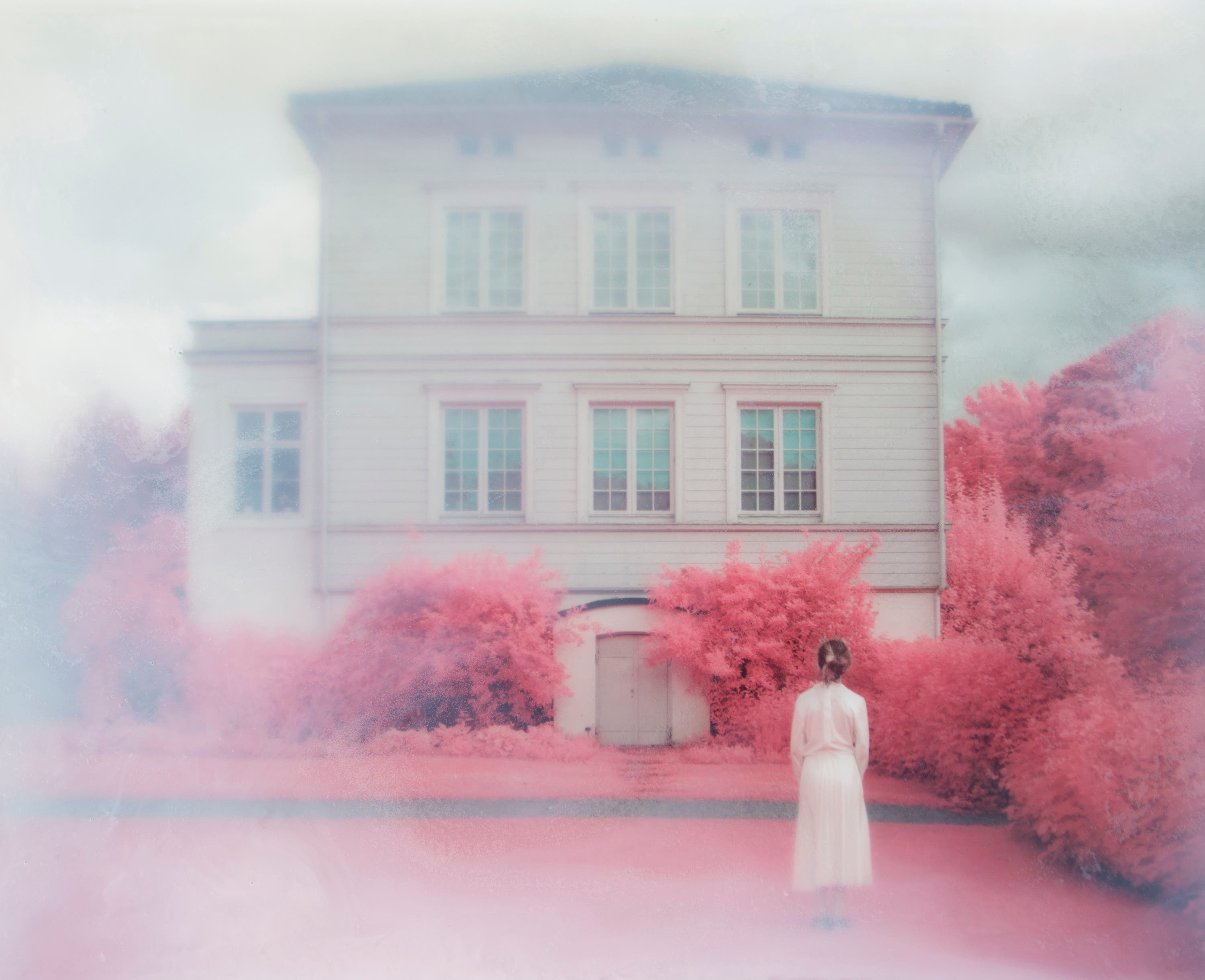
Phoblographer: What was going through your mind during the time you created these images, and in what way do you think those feelings and thoughts informed what we see here?
Maren Klemp: Last winter, I was struggling with the annual winter depression, and in addition to that, I had a creative block that lasted for months. When I first saw an infrared image, I was hooked, and I was determined to learn everything there is to know about it. My mood and my creative block lifted, and I spent months reading every article and watching all the lectures I could find online. I hope the work conveys that: a newfound curiosity, hope, and a bit of playfulness.

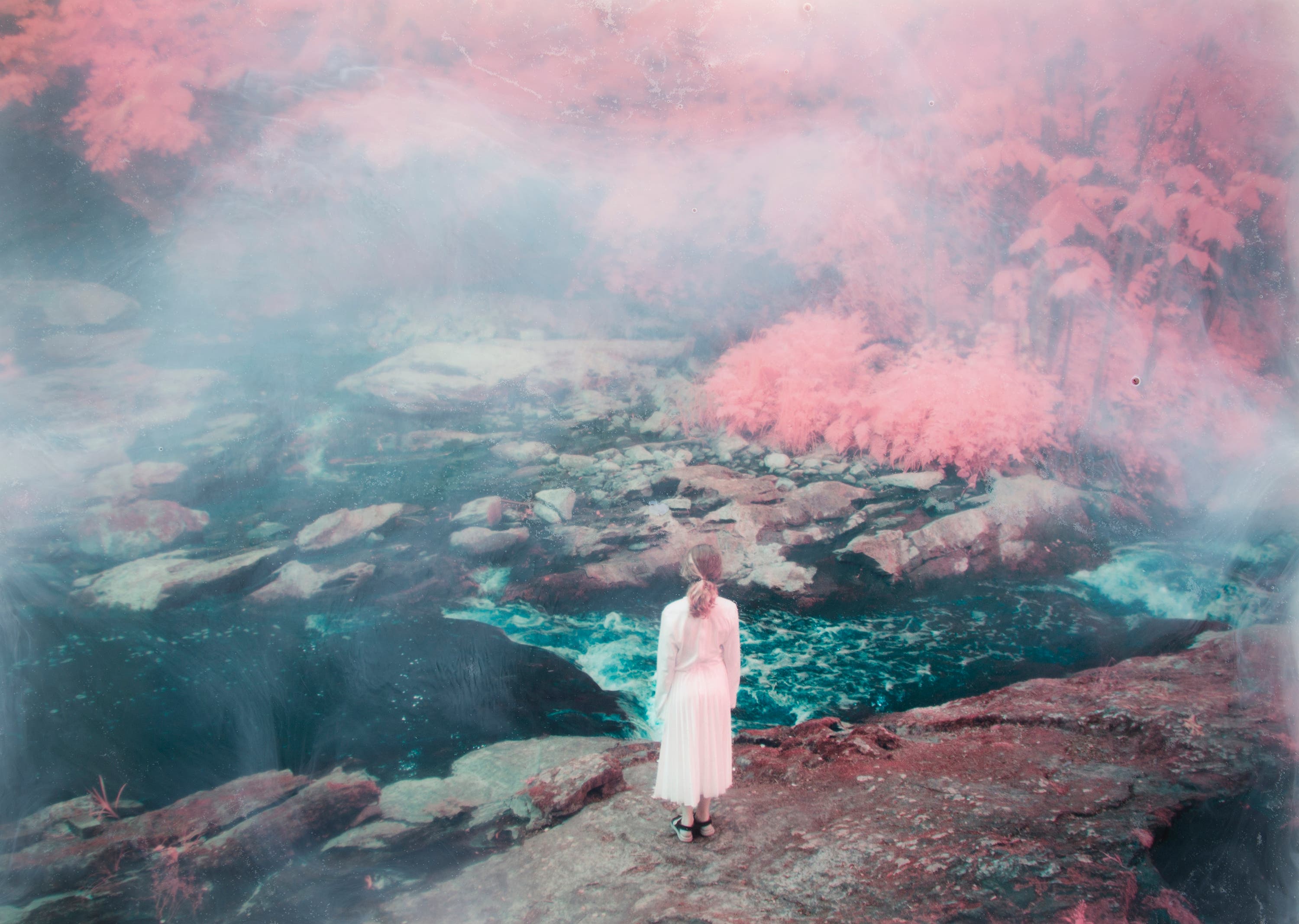
Phoblographer: Please describe this fantasy world you’ve created. Is the girl alone here?
Maren Klemp: What I try to convey with this project is that the most boring and uninspiring places can be really beautiful and interesting, but our eyes can’t always detect it. The infrared camera is a tool that gives us an opportunity to see the unseen, and to explore a hidden and mysterious world. That’s the case with the girl. She has been given access to it. She is alone, and she explores places that she is familiar with–but that have been completely transformed.

Phoblographer: These places, natural and man-made, seem quiet and lonely. How did you choose these locations?
Maren Klemp: I drove around for weeks searching for locations. I was interested in locations that looked ordinary and mundane but would look completely different through the lens of an infrared camera. Foliage is what reflects infrared light best, so I chose places with a lot of greenery. At the same time, I wanted to incorporate some architecture in order to make the unfamiliar feel more familiar.

Phoblographer: The fog in these photographs almost becomes a second character, along with the girl. How did you create this ghostly fogging effect, and what does it represent to you?
Maren Klemp: In order to create the fog, I printed the work, soaked the prints in a mixture of milk and water, and photographed it again. The fog represents me as a photographer, as I have incorporated fog in my images for many years, because of its dreamy and ethereal vibe.
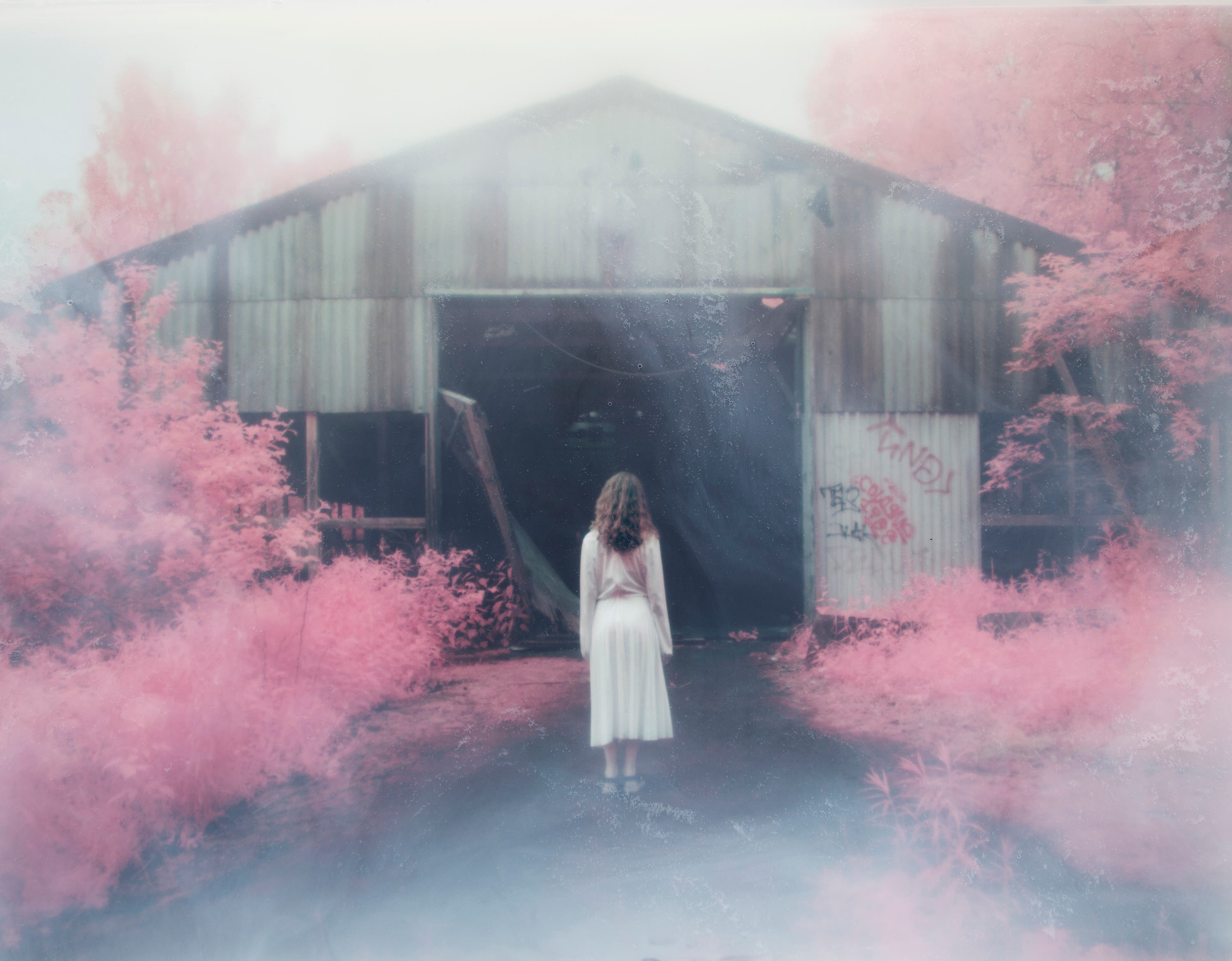
Phoblographer: The timeless, almost mythic quality of these photographs reminds me a bit of Sally Mann, who also explored the theme of childhood. What is it about your children that inspires you?
Maren Klemp: There is a quote by Sally Mann that says, “The things that are close to you are the things you can photograph the best. And unless you photograph what you love, you are not going to make good art.” I couldn’t agree more. I will never be a photographer who travels the world in order to make art. I’m always around my family, and I like to photograph in or around my home, so it feels natural to incorporate my children in my work.

Phoblographer: Please tell us about the young girl in these photos–this character you’ve created. Is she lost, or did she escape into this place on purpose? Will she stay in this new world, or is she just visiting?
Maren Klemp: I don’t think the girl is lost. I think she is curious and adventurous. She observes places that she knows well but have shifted into something different. Maybe she recognizes herself in it, as she is transitioning from childhood to adolescence.

All images by Maren Klemp. Used with permission. For more from the artist, visit her website. You can follow along on Facebook at MarenKlempPhotography and on Instagram at MarenKlempPhotography.